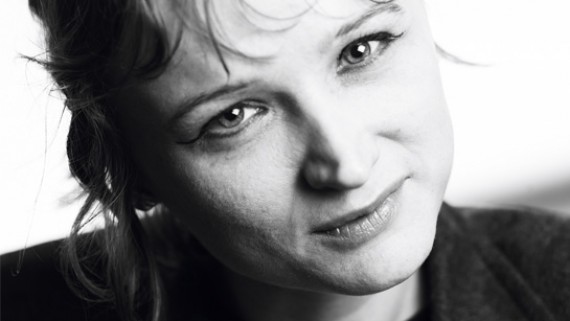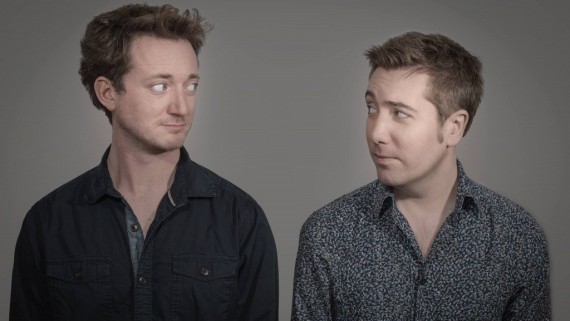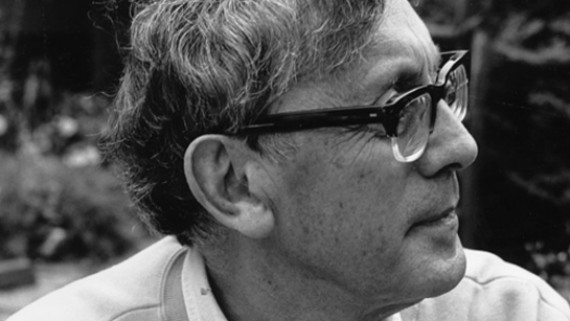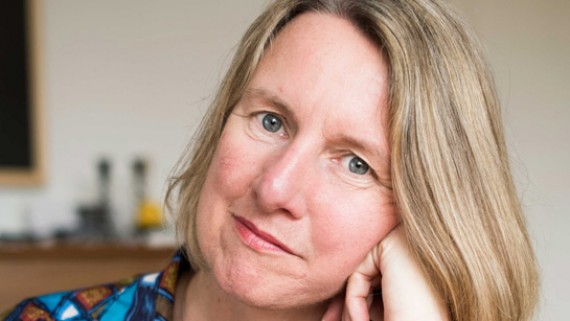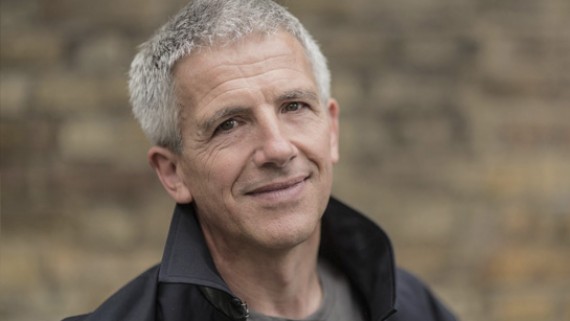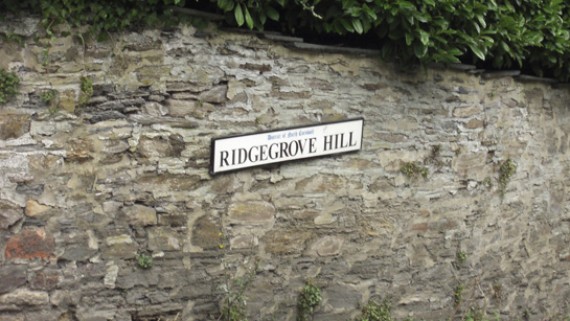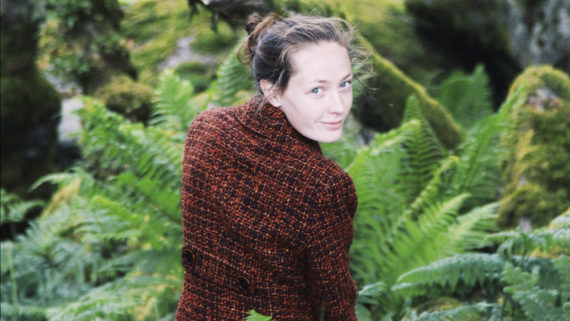Our The Maker editor Lauren sits down with Nick Collinson at English Heritage (EH) to discuss the Launceston Castle interpretation project.
Could you start with telling our readers a bit about your role with English Heritage generally?
Of course. My role is Interpretation Officer. Interpretation is about the way we tell stories at our sites, by identifying key themes and messages that are relevant to the audience, and finding fun and interesting ways to tell them.
I lead re-interpretation and re-presentation projects at EH’s smaller sites, as well as providing support to Interpretation Managers working on larger projects. I also oversee the annual interpretation maintenance programme – making sure that interactives, AV, and other interpretive tools are working as they should.
And the project in Launceston specifically?
I lead the Launceston Castle interpretation project team, which is made up of various experts from within English Heritage. I also manage the relationship with the appointed exhibition designers and other relevant contractors, as well as internal and external stakeholders (e.g. The Charles Causley Trust and Launceston Town Council).
The project team is made up of an Historian (responsible for researching and writing the majority of the text), a Properties Curator(responsible the fabric of the building itself and the ground on which it sits), a Collections Curator (responsible for selecting suitable objects found at the castle in archaeological excavations, and writing the accompanying text), a Conservator (responsible for the condition of the collection items selected), a Conservation Scientist (who ensures the objects are kept in the correct controlled environment), a Learning Resources Manager (who produces materials for schools), a Digital Content manager (responsible for the history pages online), a Marketing Officer (responsible for promotion), an Education Visits Officer (responsible for managing school visits), the Site Manager (who manages the castle operations day-to-day), and the Head of Historic Properties for Devon and Cornwall (responsible for the operation of all staffed sites in the 2 counties). So – it’s quite a big team!
While EH are always maintaining the fabric of the castle building to ensure its continued survival, it’s been a long time since there has been any investment in Launceston’s interpretation and exhibition. We have been looking at the complete history of the site, ensuring we are applying a more even coverage to the stories we tell.
The collection for Launceston Castle is one of the most exciting and comprehensive for any medieval castle in our care, and it tells us so much about the types of people who have used the site over its long history. So we are displaying many more interesting artefacts in the newly designed exhibition space.
We are also re-writing and replacing the interpretation panels around the site, including 3 on the castle green, which is a public space. We hope that the project will highlight more of the people stories, rather than solely focus on the building.
We are also adding a family element and some exciting interventions to the keep, with its commanding views as far as Bodmin Moor and Dartmoor.
I love the idea of being interested in people’s stories, that’s really a place where our motivations at The Maker intersects with yours. We’re all about stories! Do you have a favourite story, or one that sticks in your mind in relation to the castle?
Oh there are lots of great stories. The obvious ones are those of the squalid prisons that sat on the site for hundreds of years, affording the place notoriety among local people. The founder of the Quakers – George Fox – was imprisoned in one room, known ominously as Doomsdale. He wrote about the filthy, stinking conditions, and being pelted with excrement by the gaoler from above. Not a nice word picture!
The star of our exhibition is a whale vertebra, and excitingly, it raises more questions than it answers. It would have taken a lot of effort to transport a whale, or part of a whale to Launceston – you can’t get much further from the sea in Cornwall! It hints at high status feasting, burning the blubber to light the dark corridors, working the bone to make beautiful and intricate ornamentation to be worn on the body or to fix to boxes. The big flat bone even seems to have been repurposed as a chopping board!
We have also found lots of objects associated with playing games. Being a gaoler, or indeed an inmate, you would have had lots of time to pass, so playing games would help pass that time. It’s these kinds of stories that help visitors relate to what life would have been like in the castle in times gone by.
We are also talking about the more recent history of the castle. One of its best loved events in recent years was Castle Rock – an annual rock concert held on the castle green. We are currently working with local people to uncover these stories and unearth some photographs.
What do you hope will be the long-term impact on the Launceston community?
I hope that the local community will feel a greater sense of ownership over their castle. I know how it much means to them to have this castle in their town – it’s something they are rightly very proud of. Not only does it provide a sense of history and roots, but castle green is one of few green spaces in the town, and is used by people from all walks of life. Anyone whose postcode begins with PL15 will be able to get in to the exhibition and up to the keep for free.
Hopefully the work we have done to ensure we are involving members of the community will pave the way for further collaborative work between English Heritage and local partners.
And finally, since we are a literary blog, what are you reading at the moment?
I’m reading a book at the moment called Edgelands by Paul Farley and Michael Symmons Roberts. It’s all about the bits of the country that are not town or city, and are not countryside; it’s all those little forgotten bits in between and the parts they play in forming collective memory. It’s fascinating.
Thank you Nick for entertaining us with our questions, it was a pleasure to sit down with you.








